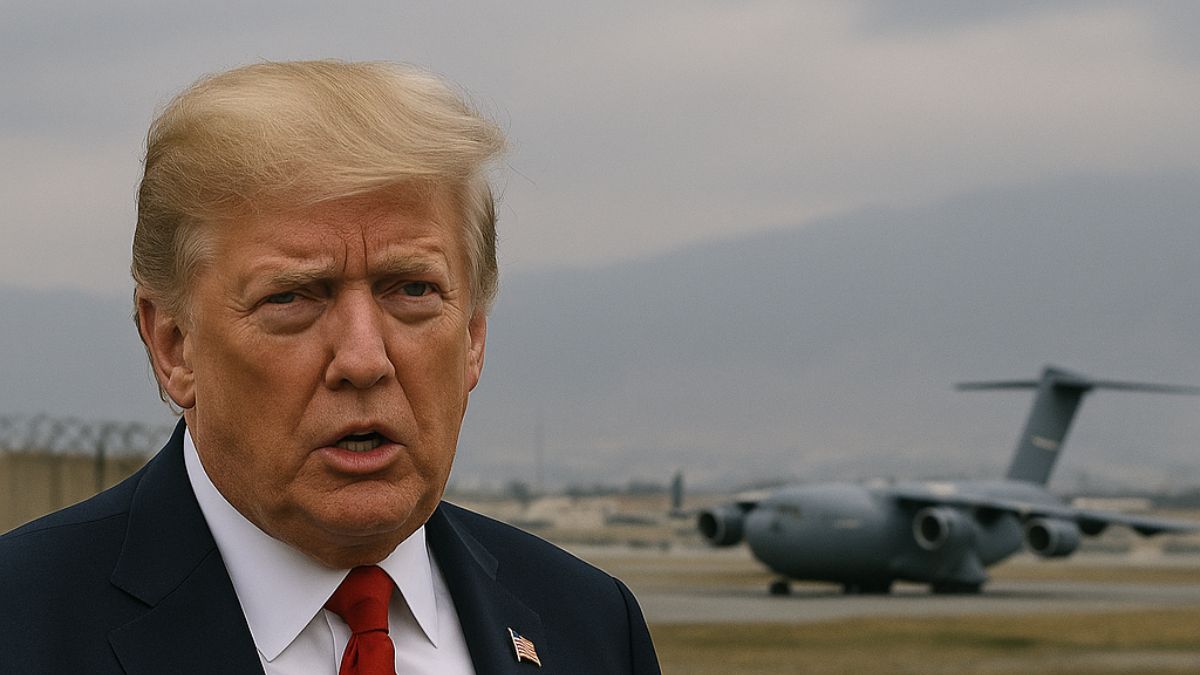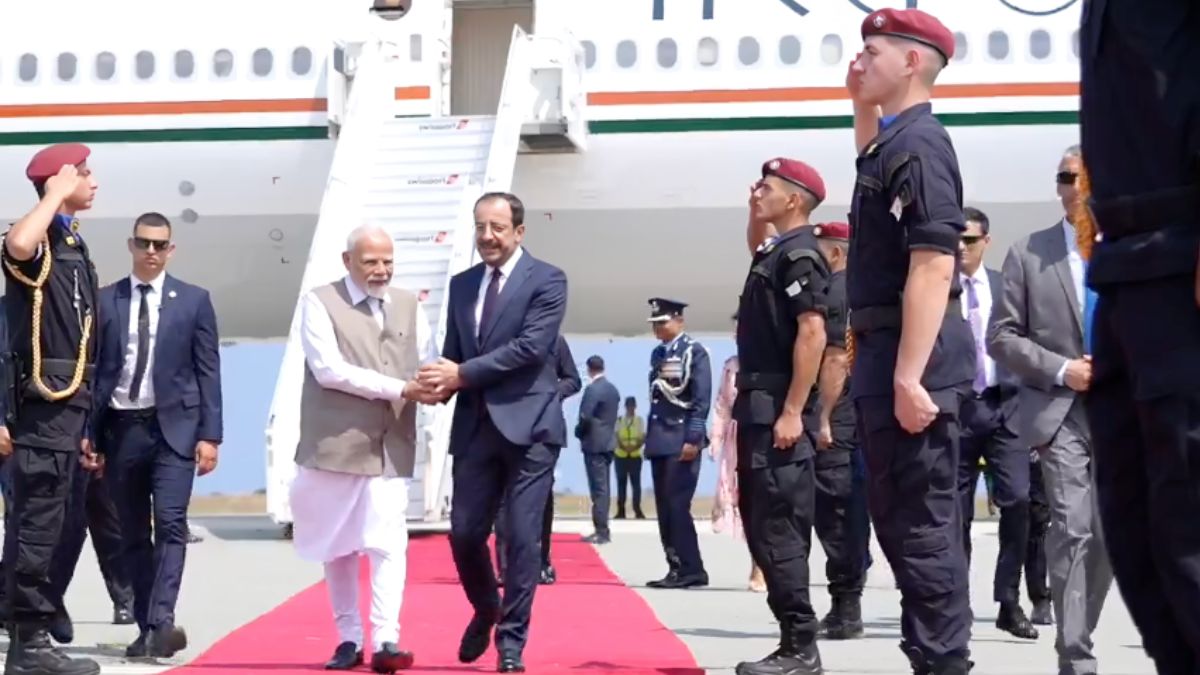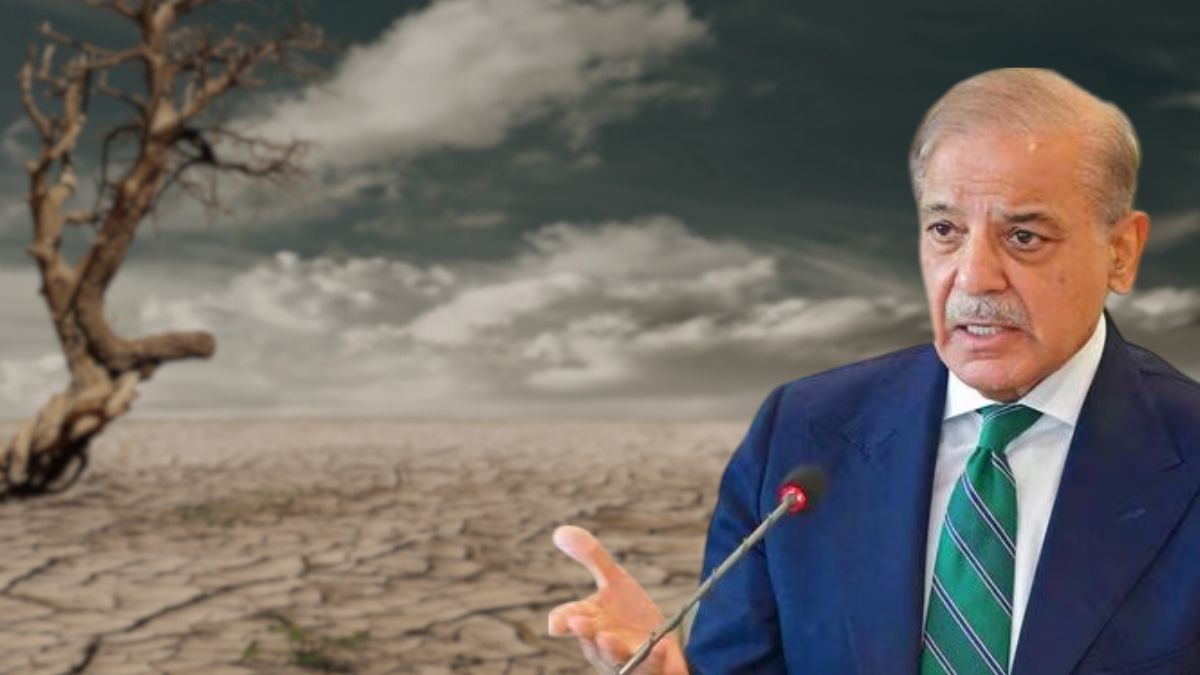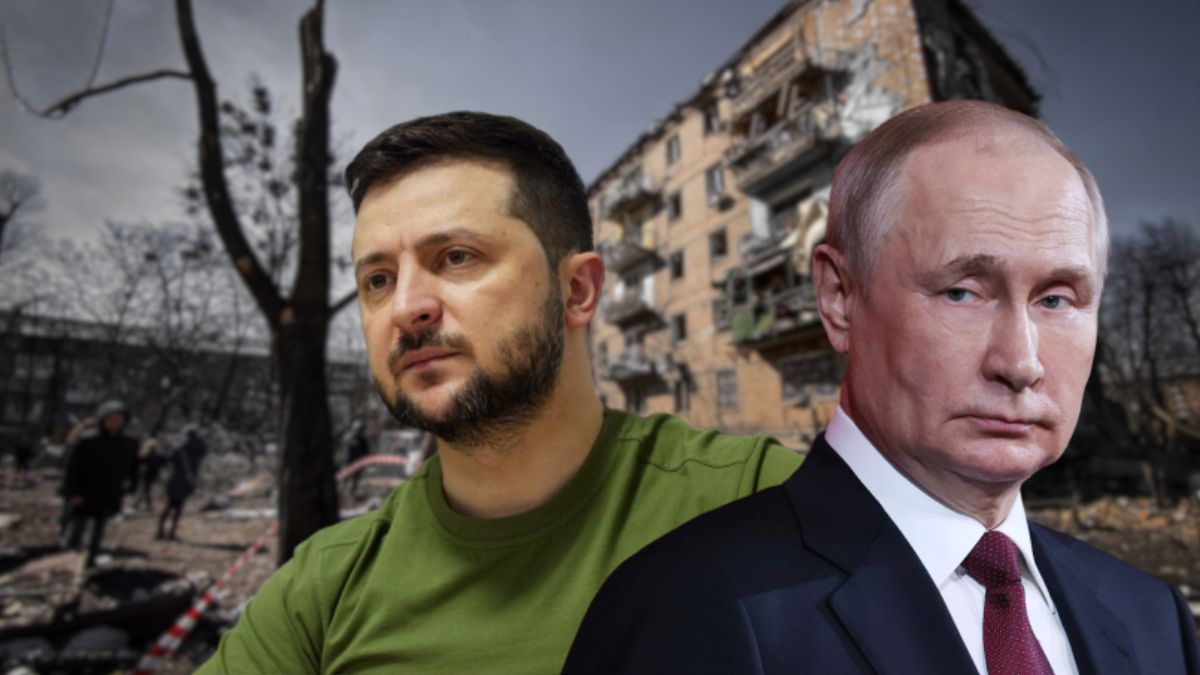Trump Eyes Return To Afghanistan’s Bagram Air Base, But Taliban And Reality Stand In The Way

The Trump administration has paused all Afghan visa issuance and asylum seeking. Image courtesy AI generated picture via DALL-E
Bagram air base, once the epicentre of American and NATO power projection in Afghanistan, is back in the headlines. US President Donald Trump, now in his second term, has publicly declared his intention to bring the massive facility back under American control.
His remarks, delivered alongside UK Prime Minister Keir Starmer in London this week, reignited debate over whether the US could or should reclaim what was once its most important strategic asset in the region.
“Bagram is vital to US national security,” Trump said, stressing its geographic proximity to China’s western Xinjiang province, where several of Beijing’s nuclear weapons facilities are based. “We’re trying to get it back,” he added, calling the 2021 withdrawal a “reckless” mistake that left critical infrastructure and billions in military hardware vulnerable.
What is Bagram’s strategic value?
Located just 40 kilometres north of Kabul, Bagram sits at a crossroads between South and Central Asia. Built by the Soviets in the 1950s, it boasts two long runways capable of handling heavy transport and combat aircraft, vast aircraft ramps, fortified hangars, and facilities that once supported tens of thousands of troops.
Under US control, it functioned as a self-contained city, complete with hospitals, housing, fast-food outlets, and a prison complex holding high-value Taliban and al Qaeda detainees.
What makes Bagram uniquely significant today is its proximity to China. The Pentagon estimates Beijing has around 600 operational nuclear warheads, with projections of 1,000 by 2030. Many of China’s testing and missile facilities, including Lop Nur and silo fields in Xinjiang, lie within range of surveillance or reconnaissance missions launched from Bagram.
For Trump, this makes the base not just a reminder of past mistakes but a potential forward operating hub in the US strategic contest with Beijing.
Why did the US abandon Bagram in 2021?
The US abandoned Bagram in July 2021, cutting power and leaving the base overnight as part of the final phase of withdrawal mandated by the 2020 Doha Agreement. The Afghan army briefly assumed control, but looters quickly ransacked the facilities.
When the Taliban swept into Kabul on August 15, the base fell the same day. Prisoners, including senior Taliban and al Qaeda leaders, were freed in the process.
The speed of the Taliban takeover shocked Washington and cemented Bagram as a symbol of the chaotic end to America’s longest war. For Trump, it remains an emblem of what he calls Biden’s “botched exit.”
Why retaking Bagram is unrealistic?
Despite Trump’s determination, military experts warn that reclaiming the base would be a herculean task. One US defence official told Reuters that it would take “tens of thousands of troops” to seize and secure the site, effectively creating a vulnerable American enclave in a landlocked country.
Logistics compound the problem: supply lines would be stretched thin, the infrastructure has deteriorated since 2021, and the vast perimeter would require constant protection from Taliban, ISIS, and al Qaeda attacks.
Beyond insurgents, US bases in the region have already come under fire from regional powers such as Iran, highlighting the risks of re-establishing such a foothold.
Even if Washington managed to negotiate a deal with the Taliban, the political and security costs could outweigh the benefits. A former senior US defence official summed it up: “The risks sort of outweigh the advantages.”
Why did the Taliban say ‘No’ to the US?
The Taliban wasted no time rejecting Trump’s plan. “The Afghans have not accepted a military presence in history,” said Zakir Jalaly of the Taliban Foreign Ministry. He noted that while Kabul is open to political and economic engagement, foreign troops are “completely rejected.”
Yet, Trump hinted at potential bargaining chips, saying the Taliban “need things from us,” suggesting aid or diplomatic concessions could be used as leverage.
How does the US-Taliban dialogue persist?
Although Washington does not formally recognise the Taliban government, back-channel talks have continued on issues such as prisoner exchanges and humanitarian relief.
In recent weeks, senior US envoys Zalmay Khalilzad and Adam Boehler met Taliban leaders in Kabul. While the discussions focused on detained Americans, no mention of Bagram surfaced.
For now, Taliban leaders remain steadfast: Afghanistan will not host foreign troops again. Trump may see Bagram as the “one that got away,” but the political, military, and regional realities suggest his ambition faces almost insurmountable barriers.







